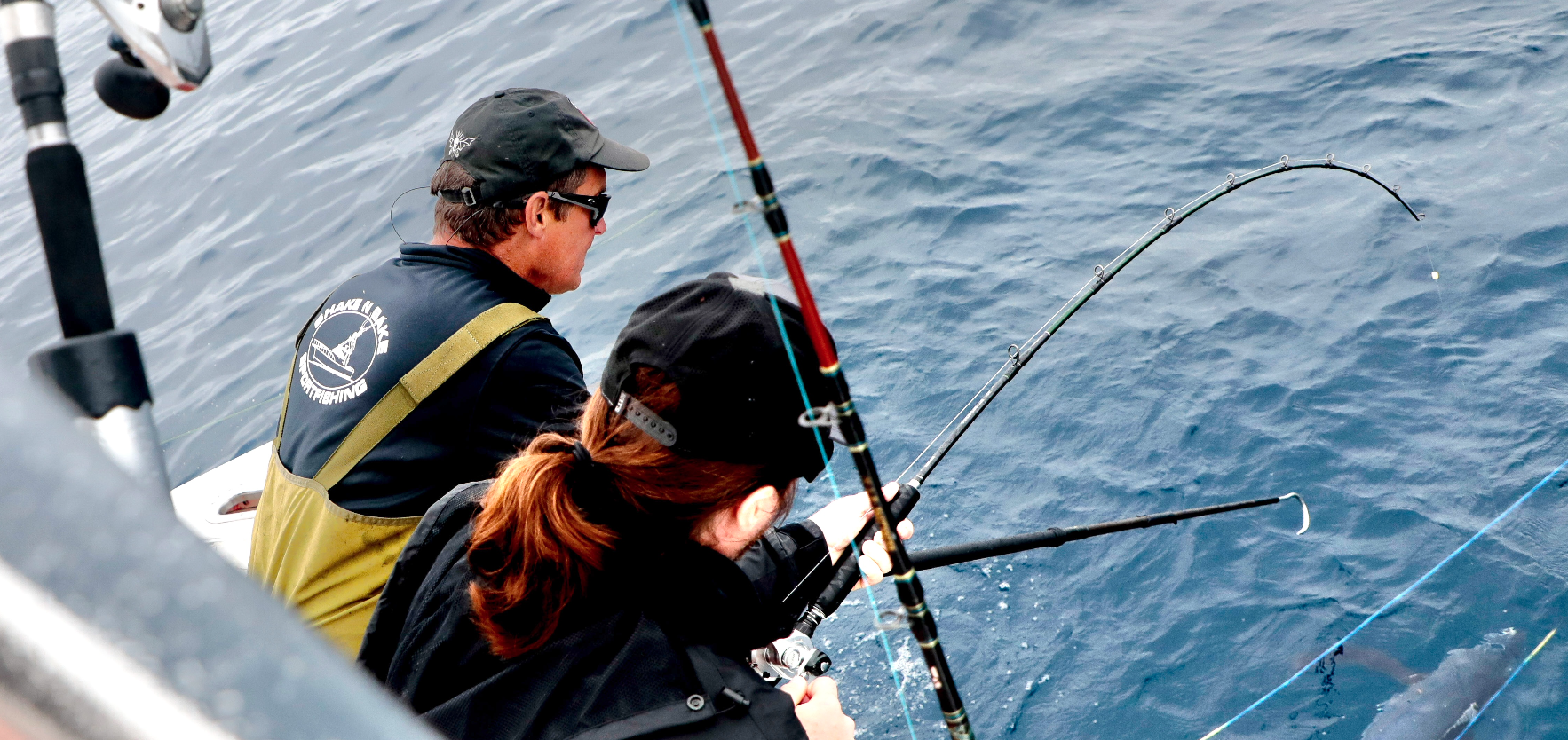Microbe with links to ancient life ID’d in undersea volcano
Published 4:00 pm Tuesday, December 19, 2006
PACIFIC OCEAN – An amazing organism with direct links to earth’s earliest forms of life has been discovered by University of Washington scientists exploring super-heated volcanic vents in the Pacific Ocean west of the mouth of the Columbia.
Trending
This heat-loving bacterialike microorganism is capable of fixing nitrogen at a surprisingly hot 92 degrees Celsius, or 198 Fahrenheit. It may represent Earth’s earliest lineages of organisms capable of nitrogen fixation, perhaps even preceding the kinds of bacteria today’s plants and animals rely on to fix nitrogen.
Nitrogen is necessary for all life because it is an essential part of amino acids and proteins. To be used by organisms, gaseous nitrogen must be converted to other compounds, or “fixed,” which can only be done by certain bacteria and specific archaea. Nitrogen can be fixed into ammonia, nitrate and other products that can be used by land and sea plants, which in turn are eaten by higher animals.
A genetic analysis reported in the Dec. 15 issue of Science supports the idea that a gene needed to convert nitrogen into a form usable by life arose billions of years ago, before the three main branches of life – bacteria, archaea and eukaryotes – diverged some 3.5 billion years ago. The discovery was made by oceanographer Mausmi Mehta, who recently received her doctorate from the UW, and John Baross, UW professor of oceanography.
Trending
“There’s been lots of evidence that point to high-temperature archaea as the first life on Earth but the question has been, ‘So why can’t we find archaea that fix nitrogen at high temperatures?'” says Baross, who’s been on a 20-year quest to find just such a microbe. Archaea are single-celled organisms that live under extreme environmental conditions, such as the high temperatures and crushing pressures below the seafloor. If heat-loving archaea were the first life on the planet, they would have needed a usable source of nitrogen, Baross says.
Known as FS406-22 because of the fluid and culture samples it came from, the archaeon discovered by the UW researchers is the first from a deep-sea hydrothermal vent that can fix nitrogen, says Mehta, first author on the Science paper.
It was collected at Axial Volcano on the Juan de Fuca Ridge off the coast of Washington and Oregon. Fixing nitrogen at 92 C smashes the previous record by 28 C, a record held by Methanothermococcus thermolithotrophicus, an archaeon that was isolated from geothermally heated sand near an Italian beach and fixes nitrogen at temperatures up to 64 C.
Today’s oceans contain nitrogen both as a dissolved gas and as nitrate. Ocean water that percolates down into the seafloor can pick up enough heat from volcanism deep in the earth to cause the fixed nitrogen to revert to its gaseous form. Venting water hotter than 30 C contains very little nitrate so organisms in areas where the subseafloor temperatures are higher would lack nitrogen in a form they can use.
Scientists have speculated since 1981 that nitrogen fixation was occurring at hydrothermal vents because vent animals had completely different nitrogen isotope ratios than non-vent deep sea animals.
The genetic analysis shows FS406-22 as having one of the deepest-rooted genes and the most primordial characteristics in terms of gene sequence, Baross says.









